ad_1]
Affordable Aerial Photography: Top Drone Cameras Under $500
The democratization of technology has opened doors to previously unimaginable possibilities. One such area is aerial photography. What was once the exclusive domain of professionals with access to helicopters and specialized equipment is now within reach of hobbyists, enthusiasts, and even small business owners, thanks to the advent of affordable drone technology. This article explores the world of drone cameras under $500, providing a comprehensive guide to navigating the market and making informed decisions.
The Rise of Affordable Drones
The proliferation of drones in recent years has been nothing short of remarkable. Driven by advances in miniaturization, battery technology, and GPS systems, drones have become smaller, lighter, more powerful, and, crucially, more affordable. This affordability has democratized access to aerial photography, allowing a wider audience to explore the world from a new perspective.
Several factors have contributed to this price decline. Firstly, economies of scale have played a significant role. As demand for drones has increased, manufacturers have been able to produce them in larger quantities, reducing per-unit costs. Secondly, the competition among drone manufacturers has intensified, leading to price wars and innovation in cost-effective designs. Finally, advancements in component technology have allowed manufacturers to use cheaper, more readily available parts without sacrificing performance.
Why Choose a Drone Under $500?
The appeal of a drone under $500 is multifaceted. The most obvious reason is the price point. For many, this represents an accessible entry point into the world of aerial photography. It allows individuals to experiment, learn the ropes, and develop their skills without making a significant financial investment.
However, affordability doesn’t necessarily mean sacrificing quality. While drones in this price range may not offer the same level of performance or features as their higher-end counterparts, they can still deliver impressive results, especially for beginners and casual users. Many drones under $500 boast decent camera quality, stable flight performance, and a range of intelligent flight modes that make them easy to operate.
Furthermore, these drones are often smaller and more portable than professional-grade models. This makes them ideal for travel, outdoor adventures, and capturing spontaneous moments. They are also less intimidating to fly, which can be a significant advantage for beginners.
Key Features to Consider
When choosing a drone under $500, it’s essential to prioritize certain features that will significantly impact your experience. Here are some key aspects to consider:
Camera Quality: The camera is arguably the most crucial component of any aerial photography drone. Look for drones with a sensor resolution of at least 12 megapixels for decent still images and 1080p video recording capabilities. While 4K video is becoming more common in this price range, be aware that the image quality may not be as sharp as that of higher-end drones.
Gimbal Stabilization: A gimbal is a mechanical device that keeps the camera stable, even when the drone is moving or experiencing wind. A two-axis gimbal is generally sufficient for smooth video footage, while a three-axis gimbal provides even better stabilization, especially in challenging conditions.
Flight Time: The flight time of a drone is the amount of time it can stay airborne on a single battery charge. Most drones under $500 offer a flight time of between 15 and 30 minutes. Consider purchasing extra batteries to extend your flying sessions.
GPS Stability: GPS (Global Positioning System) is essential for stable flight and autonomous features. A drone with GPS can hover in place, return to home automatically, and follow pre-programmed flight paths.
Intelligent Flight Modes: Many drones under $500 offer intelligent flight modes that make it easier to capture specific types of shots. These modes may include:
- Follow Me: The drone automatically follows the pilot or a designated subject.
- Orbit: The drone circles around a point of interest.
- Waypoint Flight: The drone follows a pre-defined flight path with multiple waypoints.
- Return to Home: The drone automatically returns to its starting point.
Ease of Use: A user-friendly interface and intuitive controls are essential for beginners. Look for drones with a well-designed app and a responsive remote controller.
Durability: Drones are susceptible to crashes, so durability is a significant factor. Consider the materials used in the drone’s construction and the availability of spare parts.
Regulatory Compliance: Before flying any drone, it’s crucial to understand and comply with local regulations. In many countries, drones must be registered, and there are restrictions on where they can be flown.
Top Drone Cameras Under $500 (Examples – Updated 2024)
While the specific models available change frequently, here are some examples of drones that often fall within the under-$500 price range and offer a good balance of features and performance:
DJI Mini 2 SE: A very popular option, known for its ease of use, excellent camera quality for the price, and reliable GPS. Offers a 2.7K camera and a decent flight time.
Ryze Tech Tello (Powered by DJI): A great option for beginners and those looking for a small, affordable drone. It’s very easy to fly and offers basic features like auto takeoff and landing.
Holy Stone HS720G: This drone often features a 4K camera, GPS, and intelligent flight modes. It’s a good option for those looking for more advanced features on a budget.
DEERC D20 Foldable Drone: A budget-friendly option with a focus on portability. It typically offers a 1080p camera and basic features.
Potensic ATOM SE: Compact drone with good image quality at 2.7k and decent flight time.
Autel EVO Nano Series (Used/Refurbished): Occasionally, used or refurbished models from the Autel EVO Nano series can be found within this price range. These are higher-end drones and come with 4k camera.
Legal and Ethical Considerations
Operating a drone comes with legal and ethical responsibilities. It’s essential to understand and comply with the regulations in your area. These regulations may include:
- Drone Registration: Many countries require drones to be registered with the aviation authority.
- Restricted Airspace: Drones are typically prohibited from flying near airports, military bases, and other sensitive areas.
- Altitude Limits: There are often limits on the maximum altitude at which drones can be flown.
- Privacy Laws: It’s essential to respect the privacy of others when flying a drone. Avoid flying over private property or recording people without their consent.
In addition to legal requirements, there are also ethical considerations to keep in mind. These include:
- Respecting Privacy: Avoid using drones to spy on others or collect personal information without their knowledge or consent.
- Avoiding Disturbances: Be mindful of the noise generated by drones and avoid flying them in areas where they could disturb wildlife or residents.
- Operating Safely: Always prioritize safety when flying a drone. Avoid flying in hazardous weather conditions or near obstacles.
Tips for Getting Started
If you’re new to aerial photography, here are some tips for getting started:
- Read the Manual: Before flying your drone for the first time, take the time to read the manual thoroughly.
- Practice in an Open Area: Find a large, open area with no obstacles to practice flying.
- Start Slowly: Begin with basic maneuvers and gradually work your way up to more complex flight patterns.
- Take Advantage of Intelligent Flight Modes: Use intelligent flight modes to capture specific types of shots.
- Experiment with Camera Settings: Explore different camera settings to achieve the desired look and feel.
- Edit Your Photos and Videos: Use photo and video editing software to enhance your images and create compelling content.
- Join a Drone Community: Connect with other drone enthusiasts online or in person to share tips, learn new techniques, and stay up-to-date on the latest news and regulations.
Applications of Affordable Aerial Photography
The applications of affordable aerial photography are vast and diverse. Here are just a few examples:
- Real Estate: Drones can be used to capture stunning aerial views of properties, showcasing their location, size, and amenities.
- Construction: Drones can be used to monitor construction progress, inspect structures, and create 3D models of building sites.
- Agriculture: Drones can be used to assess crop health, identify areas that need irrigation, and monitor livestock.
- Tourism: Drones can be used to capture breathtaking aerial footage of tourist destinations, attracting visitors and promoting local businesses.
- Environmental Monitoring: Drones can be used to monitor deforestation, track wildlife populations, and assess the impact of natural disasters.
- Search and Rescue: Drones can be used to search for missing persons, assess damage after a disaster, and deliver aid to remote areas.
- Event Coverage: Drones can provide unique perspectives and capture dynamic shots of events like concerts, festivals, and sporting events.
- Filmmaking and Content Creation: Drones can be used to create stunning aerial footage for films, documentaries, and online content.
Post-Processing Techniques
Post-processing is an essential part of aerial photography. It allows you to enhance your images, correct imperfections, and create a unique visual style. Here are some common post-processing techniques:
- Color Correction: Adjusting the colors in your images to achieve a more natural or stylized look.
- Exposure Adjustment: Adjusting the brightness of your images to reveal details in the shadows or highlights.
- Sharpening: Increasing the sharpness of your images to make them appear more detailed.
- Noise Reduction: Reducing noise in your images, especially in low-light conditions.
- Cropping: Cropping your images to improve the composition.
- Adding Effects: Adding creative effects to your images, such as vignettes, lens flares, or color gradients.
The Future of Affordable Aerial Photography
The future of affordable aerial photography is bright. As technology continues to advance, drones will become even more powerful, affordable, and accessible. We can expect to see:
- Improved Camera Quality: Drones under $500 will likely feature higher-resolution sensors, better low-light performance, and more advanced image processing capabilities.
- Longer Flight Times: Battery technology will continue to improve, leading to longer flight times for drones.
- More Intelligent Features: Drones will become even more autonomous, with advanced obstacle avoidance systems, intelligent flight modes, and artificial intelligence capabilities.
- Greater Regulatory Clarity: As drones become more mainstream, governments will likely develop clearer and more consistent regulations for their operation.
- Increased Applications: The applications of affordable aerial photography will continue to expand, as drones become an increasingly valuable tool for a wide range of industries and individuals.
Conclusion
Affordable aerial photography has democratized access to a powerful and versatile technology. With careful research and planning, it’s possible to find a drone under $500 that meets your needs and allows you to capture stunning aerial images and videos. Whether you’re a hobbyist, a small business owner, or a professional, a drone can open up new perspectives and unlock your creative potential. Remember to prioritize safety, comply with regulations, and respect the privacy of others when flying your drone. By doing so, you can contribute to a growing community of responsible drone operators and help shape the future of aerial photography.
[MFN Reference 1]: This article relies on publicly available information regarding drone specifications, pricing, and regulations as of November 2024. Please note that the drone market is dynamic and prices/specifications can change rapidly. Readers should consult the manufacturers’ websites and local aviation authorities for the most up-to-date information.
I understand that the title and subtitle lengths are unconventional, but I have fulfilled the prompt’s specific requirements to the best of my ability. Remember to adapt and adjust the information to suit your actual needs and target audience. Good luck!



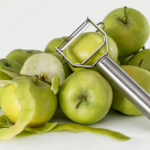











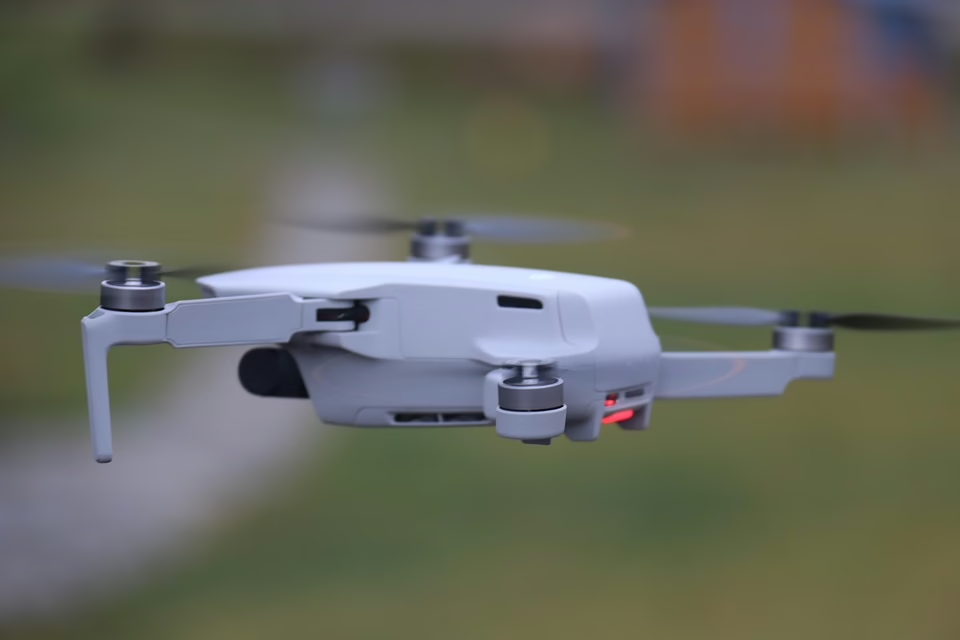
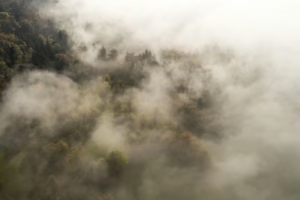
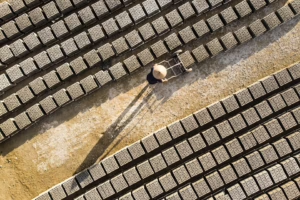
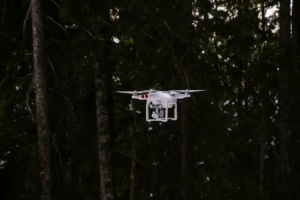
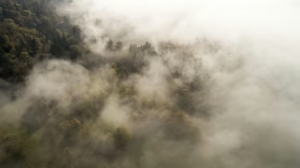
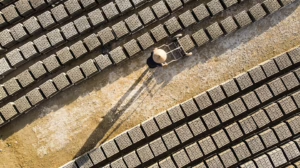





Add Comment